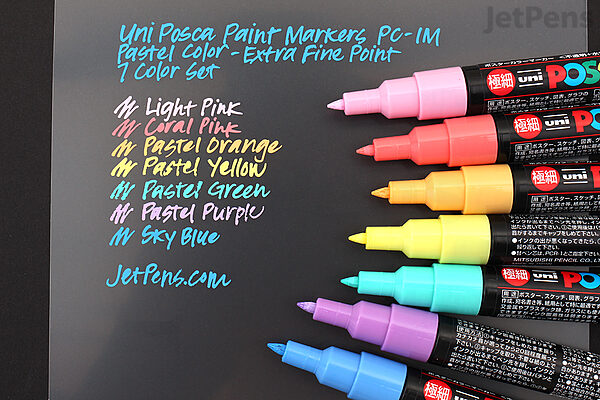This year, Ben and I are attending a mentorship under an animator named Simon Piniel. Simon owns an animation studio called Spin Animation, the variety of portfolio works displayed on the studio’s website showcases a large array of artistic styles, ranging from stick figures to human figures. Simon jumpstarted his interest in animation through an animation course with Rolf Bächler in Zurich. This experience managed to ignite his passion for animation. His first time working in a professional animation studio was when he worked on a movie called Night of the Carrots. When he first entered the industry he had difficulties with understanding film language and artistic style, but through this experience Simon was able to learn about the processes of professional studios. In 1998-1999, Simon participated in a student exchange program at the Emily Carr University of Art + Design, this was one of his first experiences among fellow animators. At the school, Simon particularly enjoyed the clear outlines of the projects and the variety of assignments and styles of art that they were exposed to.
Some wisdom that I’ve gained so far is to be aware of my boundaries. Since animation is a very tedious and long process, it’s best not to overcomplicate projects, especially when there’s an upcoming deadline. I’ve also learned that animation is a process that involves copious amounts of studying, implementing, and practicing many different principles and concepts. In terms of facilitation strategies, I found that it’s best to come to a consensus on the purpose of a meeting with others so that time is not wasted. Another reason why it’s important to understand the purpose of a meeting is so that people can prepare for an active conversation, so there isn’t awkward small talk. I’ve also learned that students teach mentors how to teach. As each student’s learning style is different, mentors have to adapt to find teaching styles that are most suitable for specific types of students. Sometimes this may involve meeting with specific students in private, or change the specifications of an assignment to fit their needs, all in the hopes that they are fully equipped to comprehend and apply the knowledge that they learn through meetings and classes.
Over the past few weeks, Ben and I have met with Simon once, and communicated through a fairly long chain of emails. Simon asked us draw three people and three inanimate objects that we encountered throughout our daily lives. For these drawings, I had decided to take on a hyper realistic approach. By utilizing the complex boundaries I set for myself, I was able to better study facial structure and lighting. It wouldn’t be realistic for me to create a hyper realistic flip book animation, so my animations will be much simpler than the sketches I made for this assignment, as the assignment was more of a way for me to study technical aspects of my animations. After evaluating the sketches that I made for the assignment, I realized that the shading and rendering weren’t as smooth and fluid as I would’ve liked.
For our first meet and greet Ben and I met with Simon at the Ninja Bubble Tea on Gleneagle Drive. At the meet and greet we handed the forms to Simon; we both brought our drawings/sketches so that he could review them and provide us with advice and technical critique. For the most part, our meeting was spent communicating our motivations behind pursuing animation. After The meeting our mentor sent us an email with recommendations on what to further practice; they recommended that I look into the Loomis Method to further understand the fundamentals of facial structure. This week in order to improve my study of facial expressions, my mentor has requested that I try drawing myself making faces in the mirror.
My goal for the next few weeks is to continue my studies into facial expression, lighting, figure, colours, and facial structure. At the same time, I would like to find products that I plan on using for my flip book animations. I have already considered getting a flip book animation kit and some Posca Paint Pens. I have never used Posca Paint Pens before, so I’ll be trying out a new medium, and from reviews I have read that they have a very large and sustainable reservoir of ink. In terms of the flip book animation kit, Simon has recommended that I find a kit that includes flip books that can be taken apart and reassembled, as I might be scanning some of my flip book animations onto a computer.
(Posca Pens)

More to come – Brian Cheng